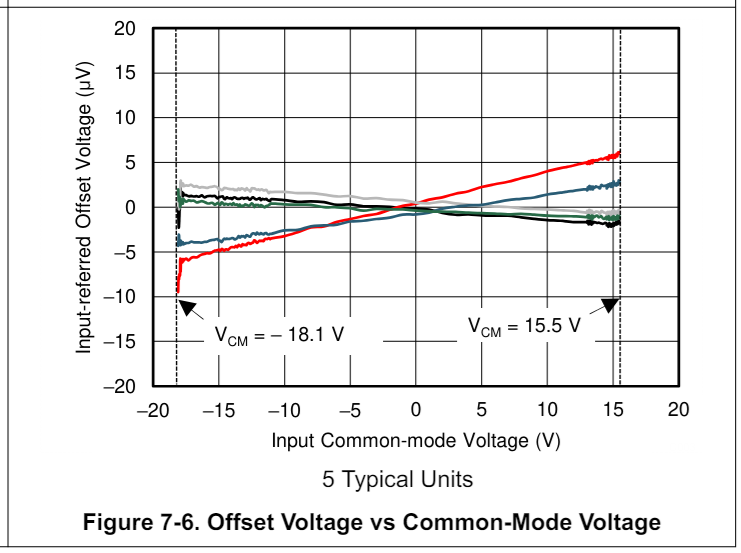Hi Team,
I am posting this on behalf of the customer.
The datasheet for OPA189 has an inconsistency regarding CMRR. The CMRR is guaranteed >146dB for a +-18v supply and -18.1V<Vin<15.5V . I therefore calculate that the offset voltage should vary no more than 1.7uV over this range. However, Figure 7-6 shows 5 typical units which all exceed this value, with the worst being about 16uV variation (CMRR of only 126dB). Which portion of the datasheet is correct?
Thank you in advance for your support.
Best regards,
Jonathan


